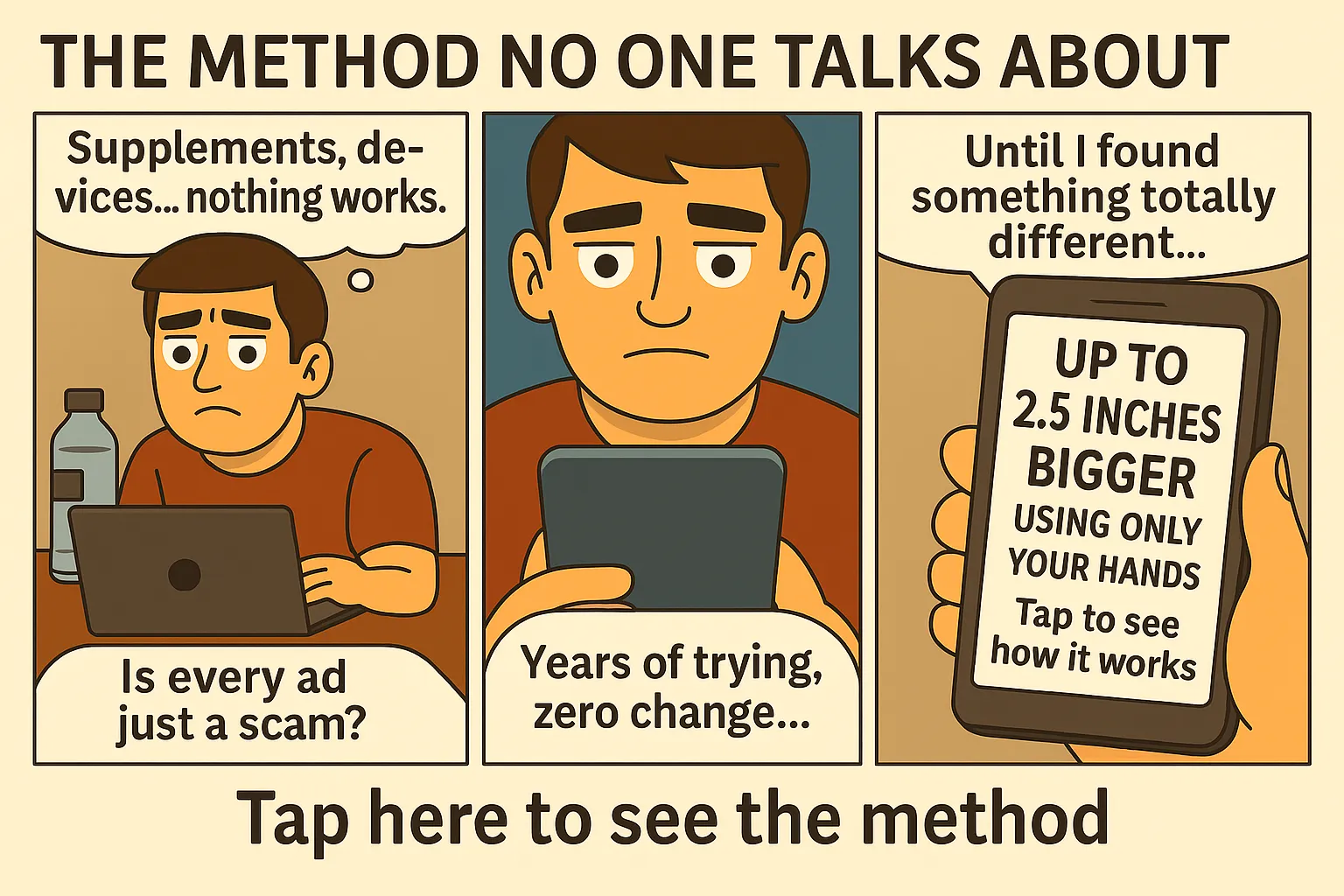Male Arousal Cycle Explained: Key to Sexual Control and Pleasure
We often think male arousal is simple — a visual trigger, an erection, and done. But it’s far more complex than that. The male arousal cycle explained properly reveals a layered process involving psychology, hormones, nervous system patterns, and emotional states. Understanding this cycle unlocks better sex, deeper pleasure, and more control in the bedroom.
The 4 Phases of Male Arousal
Just like women, men go through distinct phases of arousal. Recognizing them can help you enhance performance, increase satisfaction, and avoid common issues like premature ejaculation or low libido.
- Desire: The mental and emotional spark triggered by attraction, fantasy, or memory.
- Arousal: Increased heart rate, erection, and blood flow — often influenced by testosterone and dopamine.
- Plateau: Sustained arousal where tension builds and pleasure intensifies.
- Orgasm & Resolution: Release of built-up tension followed by hormonal shifts like prolactin release, which lowers arousal.
Phase 1: Desire
This phase starts in the brain. It’s driven by testosterone, dopamine, and past experiences. Visuals, smells, and emotional connection all trigger desire. If your desire is weak, it could be due to low T, high stress, or poor mental health. For hormonal influence, read about TRT and natural libido.
Phase 2: Arousal
This is where your body prepares. Blood rushes to the penis, breathing quickens, and sensitivity increases. If arousal is inconsistent, look at circulation, nervous system health, or DHT levels. For more on that, visit DHT and libido connection.
Phase 3: Plateau
During plateau, everything builds. Your body stays hard, your mind fixates, and sensations intensify. This is the perfect time to practice control techniques like edging, breathing regulation, and mental discipline. Mastering this phase enhances stamina and intimacy.
Phase 4: Orgasm & Resolution
The orgasm phase includes ejaculation, pelvic contractions, and a dopamine crash. Prolactin and oxytocin rise, leading to a refractory period. Some men recover in minutes, others take hours. The resolution phase is important — don’t skip it. Emotional aftercare, connection, and cuddling support the brain and body for next time.
What Affects the Male Arousal Cycle?
- Hormone levels (testosterone, DHT, estrogen, prolactin)
- Stress and cortisol spikes
- Cardiovascular health and blood flow
- Mental state, confidence, and arousal triggers
- Relationship dynamics and emotional safety
Why Some Men Struggle to Feel Aroused
Low desire and weak arousal aren’t always due to age. High estrogen, low dopamine, mental burnout, or unresolved trauma can all interfere with the cycle. Learn how high estrogen in males can disrupt arousal completely.
Tips to Enhance Every Phase of the Cycle
- Desire: Boost testosterone, create fantasy, reduce stress
- Arousal: Improve blood flow, use erotic context, reduce shame
- Plateau: Practice edging and breathing techniques
- Orgasm: Delay intentionally, practice tantric control, recover with oxytocin release
Daily Habits That Optimize Arousal
- Sleep 7–9 hours to reset dopamine and hormone cycles
- Train regularly to raise testosterone and libido
- Eat healthy fats and avoid endocrine disruptors
- Limit porn use — it short-circuits the natural arousal cycle
- Build emotional connection with your partner
The Role of the Mind in the Arousal Cycle
Mental arousal is more powerful than visual stimuli. Fantasy, context, connection — these shape desire and orgasm intensity. That’s why some men feel more aroused by connection than by pure visuals. Use this to your advantage. Explore, connect, and stay mentally present during sex.
Conclusion: Mastering Your Arousal = Mastering Your Pleasure
Now that you’ve had the male arousal cycle explained step by step, you can begin to take control of your sex life — not just react to it. Use the cycle to your advantage, optimize your body and mind, and enjoy deeper pleasure with your partner.
Want to increase arousal naturally, last longer, and unlock full sexual confidence? Start with the complete method right here.
The Science Behind Refractory Periods
After orgasm, men enter a refractory period — a temporary time where arousal is biologically shut down. The length varies by age, fitness, hormone balance, and emotional connection. Testosterone and dopamine levels influence recovery speed. Younger men may bounce back in minutes, while older men or those with low T may need hours or even days.
How Porn Rewires the Arousal Cycle
Excessive porn use can hijack the arousal cycle by creating unnatural dopamine spikes and novelty addiction. Over time, this dulls natural sensitivity and delays real-life arousal. If you’re struggling with connection or plateauing too fast, a porn detox may be the first step to recovery.
The Importance of Emotional Safety
Emotional safety with a partner influences the entire arousal cycle. Men often skip this aspect, assuming arousal is purely visual or physical. But trust, intimacy, and confidence can enhance every phase — especially desire and plateau. Communication before and after sex can strengthen emotional connection and long-term performance.
How Supplements Can Support Arousal
- Maca root: Supports desire and endurance
- L-Citrulline: Improves blood flow for stronger arousal
- Zinc: Supports testosterone and sperm quality
- Ashwagandha: Reduces cortisol and stress-related libido issues
- Boron: Boosts free testosterone and sensitivity
Understanding Sexual Triggers
Every man is wired differently. Some respond to visual cues, others to scent, context, or emotion. Learning your unique sexual blueprint is key to mastering the male arousal cycle explained — and maximizing your potential in the bedroom.
Arousal Cycle and Performance Anxiety
When a man fears performance failure, it short-circuits the arousal cycle. Stress increases cortisol, reduces erection quality, and disrupts dopamine signaling. Breathwork, meditation, and reframing failure are tools to restore balance and calm under pressure.
How to Talk About the Arousal Cycle with Your Partner
Open communication about your arousal phases can deepen intimacy and improve sex. Discuss what turns you on, when you feel most aroused, and what support you need to stay present. This turns sex into a collaborative act instead of a solo performance.
The Hormonal Symphony of Arousal
Desire isn’t just a mental state — it’s biochemical. Testosterone primes the body for pursuit. Dopamine fuels motivation. Nitric oxide triggers blood flow. And when things go right, oxytocin and endorphins seal the experience with bonding and euphoria. When just one of these is off, the entire cycle suffers.
How DHT Amplifies Arousal
Dihydrotestosterone (DHT) binds more powerfully than testosterone to androgen receptors, especially in the penis and brain. High DHT levels are associated with increased sexual sensitivity, faster arousal, and more intense orgasms. If arousal feels dull, check out the role of DHT in our full breakdown on the DHT-libido connection.
Mastering the Plateau Phase for More Control
Most men rush through the plateau without realizing it’s the key to lasting longer and enjoying more. Breathing, slowing down, squeezing techniques, and mental focus help you stay here longer. The longer you master this phase, the more control you gain over orgasm and partner pleasure.
Why Oxytocin Matters After Climax
Oxytocin, the bonding hormone, spikes after orgasm. Men who ignore this phase often feel detached or empty after sex. Taking a moment for connection — cuddling, eye contact, shared breathing — anchors the arousal cycle as a bonding experience, not just release. This leads to more consistent arousal long-term.
When the Arousal Cycle Breaks Down
Too much stress, low testosterone, high estrogen, porn addiction, poor sleep, and relationship friction all disrupt the cycle. But each one is reversible. You can repair and rebuild your full arousal process with awareness, lifestyle changes, and if needed — hormonal support. Start by fixing one thing and build momentum.
Daily Rituals for Arousal Mastery
- Cold showers to improve nerve stimulation and blood flow
- Journaling desires to reconnect with fantasy and triggers
- Sunlight in the morning to restore hormonal rhythm
- Weightlifting and HIIT 3–5x a week to optimize testosterone
- Supplements that support dopamine and nitric oxide production
The Bottom Line
The male arousal cycle explained isn’t just theory — it’s a tool to improve your sex life, performance, and confidence. You’re not stuck with whatever level of libido or stamina you currently have. With understanding, training, and support, you can upgrade every phase and enjoy sex like never before.
Frequently Asked Questions About the Male Arousal Cycle
How long should each arousal phase last for optimal pleasure?
It varies, but spending more time in the plateau phase enhances control and climax intensity. Rushing from arousal to orgasm often leads to lower satisfaction and shorter recovery.
Can arousal cycles be retrained with practice?
Yes. With the right techniques like edging, breath control, and fantasy development, you can reshape your arousal pattern and improve performance dramatically.
🕒 Comparison of Arousal Phases and Their Impact
| Phase | Physical Response | Psychological Effect |
|---|---|---|
| Desire | Increased heart rate, blood flow | Anticipation, motivation |
| Arousal | Erection, muscle tension | Excitement, emotional connection |
| Plateau | Peak sensitivity | Focus, pleasure control |
| Orgasm | Ejaculation, contraction | Release, bonding |
| Resolution | Relaxation, recovery | Calm, contentment |
 Inspired image about The Male Arousal Cycle Explained: From Spark to Climax – via supremepenis.com
Inspired image about The Male Arousal Cycle Explained: From Spark to Climax – via supremepenis.com







